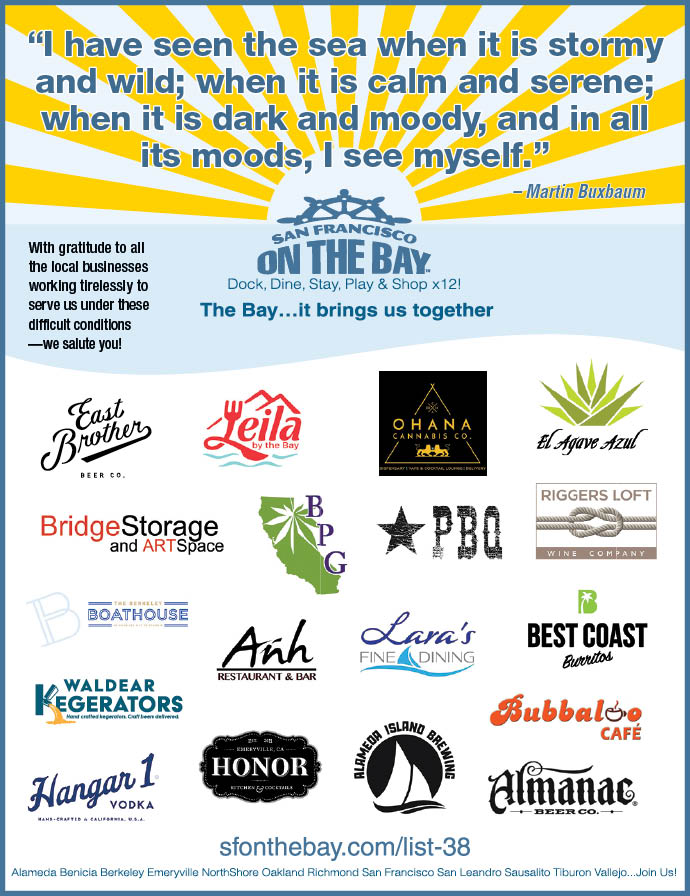
Festival de Veleros in Barra de Navidad Is on for February 21-27
It’s always great to hear about events with the word ‘festival’ in them these days, and without the word ‘canceled.’ The Barra de Navidad cruising community has been raising funds to help the local schools, and they’re finally at a point where they feel confident that their annual event, Festival de Veleros, will happen again this year, though within the parameters of local health guidelines.
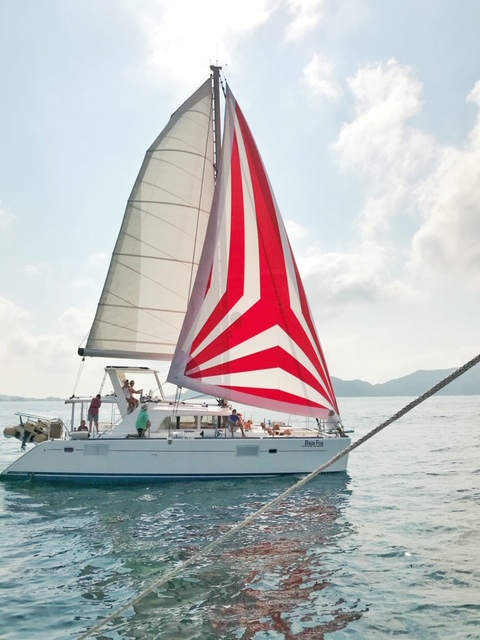
The shift means no crowd-gathering sailboat rides, but instead the cruisers plan to go racing while broadcasting it live on Facebook. The dates will be February 21-27, so if you’re nearby it’s a matter of getting time to cast off the docklines and head on over. The fundraising will be harder to accomplish, but they plan to allow betting, sponsoring, and donating to these high-performance, finely-tuned, maximum-comfort cruisers-turned-racers.
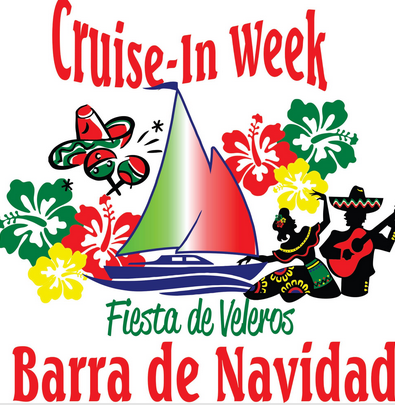
Outside of the racing, cruisers are all lined up to take care of community projects to help the schools and roads that were severely impacted earlier this year by heavy rains and flooding. While the word ‘cruising’ suggests lounging on the aft deck or reading a book in a hammock, the event continues a long tradition of cruisers who appreciate the hospitality of the local Mexican community and give thanks by giving back.
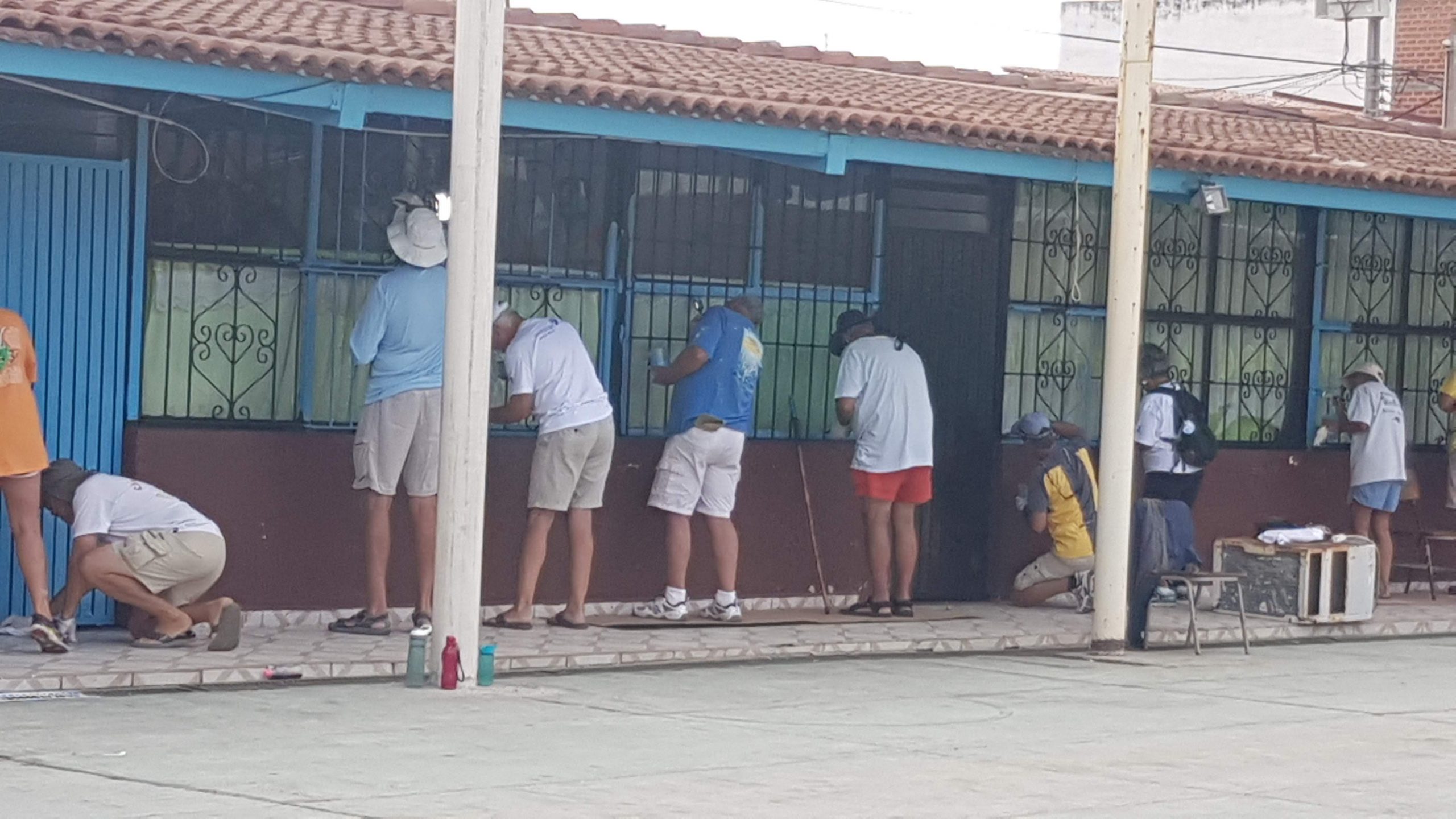
If it weren’t for the last minute, nothing would get done at all. The difficulty of planning in pandemics makes this short notice for cruising boats that, despite our moving into a 5G world, still travel at about six knots. However, bets and donations can travel at the speed of Venmo or PayPal, so support funds can get there faster than sailboats. Elinore Craig of the s/v Nakamal will help you place your bets. You can get the latest information on her blog here.
Caption Contest(!)
Here is your February Caption Contest(!). Remember to check next month’s Loose Lips for the winner.

San Francisco on the Bay: Dock, Dine, Stay, Play
Boater Survey Findings and a Safety Course
The US Coast Guard has been busy gathering information and putting together classes to enhance boaters’ safety. Firstly, in December they released the findings of a survey on recreational boating. And next month Flotilla 113-01-01 Central Marin is hosting a four-lesson course that meets the requirements to apply for the California Boating License — both are in the interests of boater safety.
The National Recreational Boating Safety Survey (NRBSS) looks at boating participation demographics, trends, boat use, at-risk boating populations, boating safety and more. According to the December press release, the survey data, captured in 2018, include all types of on-water activity from canoes, kayaks, rafts and rowboats to sailboats, sculls, airboats, motorized boats and personal watercraft.
Their findings include these interesting facts:
Ownership: It is estimated that approximately 25.2 million boats were owned by 14.5 million households in 2018. Evidence suggests that joint/shared ownership is an increasingly popular way to secure access to boats. While the vast majority (94.5% or 23.83 million) of boats in the country were owned exclusively by someone residing in the household, nearly 1.4 million boats were in some manner of joint/shared ownership.
Boat use: Boats that were operated in 2018 were taken out on the water a total of 471.8 million days. Across all owned boats, the average number of days a vessel was used was 19 days — 29 days for motorized boats and 12 days for human-powered boats. Outings, meaning different occasions that boats were operated out on the water, lasted an average of 3.8 hours. On average, boats that went out on the water in 2018 had 2.3 persons aboard.
Safety: About one third (33.7% or 220,000) of all boats and 32.8% of motorized boats that operated over three nautical miles from shore were equipped with EPIRBs while 83.2% of the motorized boats that were operated at least once were equipped with an emergency engine cut-off switch. Just 13.9% had VHF-DSC radios. About two thirds (65.6%) of the persons who operated a boat in 2018 had not taken a boating safety course.
Survey findings showed that the greatest percentage of boating participants do not, as is sometimes assumed, have high household incomes. Almost a quarter (23.1%) of boat-owning households in 2018 had household incomes of less than $50,000, and 41.8% earned less than $75,000. Households with household incomes between $75,000 and $149,999 represent 37.5% of boat-owning households.
Fatalities/accidents: The risk of boating fatalities is six per 100 million person-hours for all types of boats nationwide, and five per 100 million person-hours for motorized boating. This low rate is attributable to practicing safer boating behaviors due to boater education, regulations and inspections. as well as to safer boats and safe-boating technologies. However, the risk for fatalities nationwide was twice as high on human-powered boats: 13 per 100 million person-hours.
You can read the full press release here.
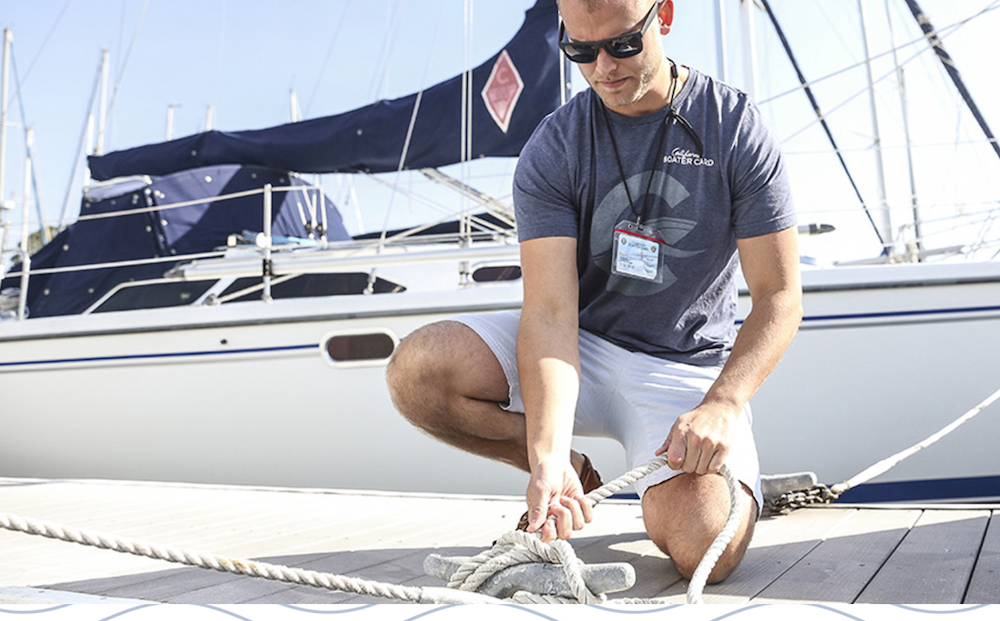
Flotilla 113-01-01 Central Marin is presenting ‘Boat America: A course on Responsible Boating.’
“Boat America is a boating certificate class that offers an in-depth and interesting boating safety course, and provides the knowledge needed to obtain a boating certificate.”
According to the information flyer, the course meets the requirements to apply for the California Boating License.
The course is being offered as a webinar and will be presented across four two-hour lessons.
Topics will include Introduction to Boating, Boating Law, Safety Equipment, Safe Operation and Navigation, Boating Emergencies, Trailering and Sports and Boating.
While some of this may not be pertinent to every sailor, it is worth reading through the flyer and perhaps passing the information along to someone who will benefit from the course.
Registration is $35 and closes on February 15, 2021.
According to the California Boater Card website, as of January 1, 2021, persons who are 40 years old or younger are required to carry a boater card while operating a motorized vessel. There are numerous rules and exceptions to rules, so it is advisable to go to the website and research your own requirements.
News from US Sailing and the National Sailing Hall of Fame
News from US Sailing
Safety at Sea Certificates
US Sailing has updated the Safety at Sea certificate requirements and expiration dates in response to the pandemic. Due to continued restrictions for hosting in-person courses in 2021, US Sailing specifically addresses those who possess a five-year Safety at Sea certificate that expires in 2020 or 2021, or those who seek a new certificate this year.
- International Offshore Safety at Sea Certificate:
- The two-day course includes training on 15 topics and a “hands-on” day. The first day is online or in-person; the second day is always in-person.
- Hands-on sessions will likely be limited in 2021. US Sailing has determined that sailors who earned an International Offshore Safety at Sea Certificate in 2015 and 2016, which normally would have already expired, will have their certificates extended through December 31, 2021.
- Offshore Safety at Sea Certificate
- The one-day course includes training on 15 topics, either in-person or online.
- Although in-person training sessions will likely be limited in 2021, sailors can earn the Offshore Safety at Sea Certificate by taking the US Sailing Offshore online training at – https://shop.ussailing.org/offshore-online-sas-2-code-pack.htm.
- Coastal Safety at Sea Certificate
- The half-day session includes training on five topics, either in-person or online.
- Although in-person training sessions will likely be limited in 2021, sailors can receive the Coastal certificate by taking the US Sailing online training at – www.boaterexam.com/sailing/coastal.
Learn more at www.ussailing.org/news/safetyatsea-certificate-requirements.
US Sailing Rolex Yachtsman and Yachtswoman of the Year Awards
Due to the impact of the pandemic on national and international competition, US Sailing will not be awarding its Rolex Yachtsman and Yachtswoman of the Year honors for 2020. The awards date back to 1961.
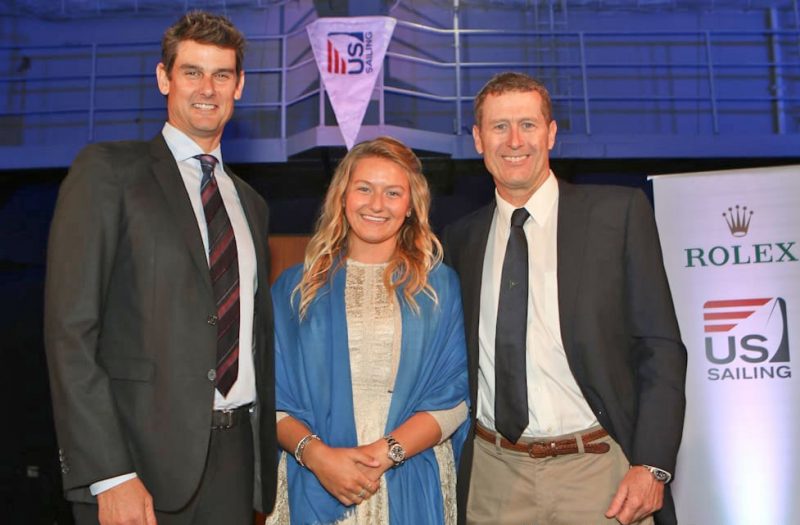
National Sailing Hall of Fame Nominations Open
The Sailing Hall of Fame is accepting nominations for the Class of 2021 through February 28 at midnight Pacific Time. (Nominations they receive after that will be considered for the 2022 Hall of Fame.)
Nomination Categories:
- The Sailing Category recognizes achievements made on the water as a Sailboat Racer, Cruiser or Offshore Sailor.
- The Technical Category recognizes those who have significantly contributed to the technical aspects of sailing. Examples include designers, boat builders, sailmakers, etc.
- The Contributor Category recognizes those who have made other significant contributions to the American sailing experience. Examples include teachers, coaches, administrators, media (including authored works, TV, film, etc.), artists, musicians, promoters and organizers.
How to Nominate a Candidate:
- Check to see if your candidate has already been inducted. Since 2011, 90 people have been inducted to the National Sailing Hall of Fame.
- Verify that your candidate has not already been nominated. Only one nomination is required to be considered for the Hall of Fame, and nominees are carried over each year. Therefore, voting or multiple nominations aren’t necessary.
- Collect candidate contact information (or info for a surviving relative if deceased), merit details such as a sailing résumé, news clippings, etc., and photos to include with your nomination statement.
- Learn more at https://nshof.org/nominations.
- Then make your nomination at https://nshof.org/nominate.
Oil Spill at Chevron Long Wharf
We just got word from Richmond Yacht Club that there’s been an oil spill at the Chevron Long Wharf just south of the Richmond-San Rafael Bridge: “We received notice that there has been an oil spill in the Bay by Chevron Long Wharf,” reports RYC’s commodore.
“UPDATE: Chevron Oil Spill into Bay. Richmond Fire HazMat on scene, US Coast Guard responding. ‘As of 4:18 pm, Richmond Fire reports: Ongoing leak at Richmond refinery into Bay. Unknown product at this time. Boom surrounding leaking area in water.’
“Responding agencies: US Coast Guard and Dept. Fish & Game. National Response Center and EPA Region 9 notified.’Richmond Fire on scene with hazmat team formed unified command with Chevron Operations at 3:50 p.m.’
“Potential offsite impacts. Reports of oil from wharf south to Keller Beach.”
We’ll let you know more as it comes to hand.

